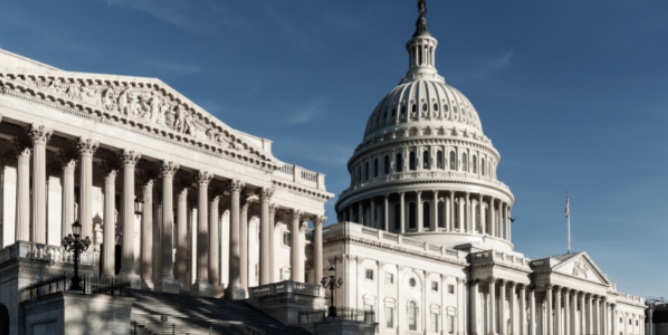
The ACA’s “Family Glitch” – What it is and How it Could Impact You
The so-called “family glitch” is one of the persistent deficiencies in the Affordable Care Act. In their end-of-April post, the Hemophilia Federation of America (HFA) explains what the family glitch is – and how the Administration proposes to close this gap and expand access to subsidized ACA insurance. Read on, too, for news about Maine’s passage of a bill to prohibit harmful copay accumulator adjusters (one of 13 states that has passed legislation to protect consumers); the renewal of the public health emergency; and much more.
The so-called “family glitch” is one of the persistent deficiencies in the Affordable Care Act. Under the ACA, people with access to employer-sponsored health coverage only qualify for subsidies to help them buy Marketplace health insurance if premiums for their employer plan are unaffordable (i.e., above 9.83% of household income). Affordability, however, is measured against the cost of individual coverage. This means that family members are ineligible for subsidized ACA coverage if one parent has an offer of affordable employer-sponsored single coverage, even when the employee’s cost to cover additional family members is not affordable. Because of the family glitch, an estimated 5.1 million Americans – mostly children of low-income workers – can’t access subsidized Marketplace health insurance. Affected families face the choice of remaining uninsured, or enrolling in employer plans that may cost 25% or more of family income. Patient groups (including HFA), state insurance regulators, and health policy experts have long sought a fix for the family glitch.
On April 5, 2022, the Biden Administration issued a proposed rule to eliminate the family glitch. If the rule is finalized, family members of workers who are offered affordable self-only coverage – but unaffordable family coverage – will be able to qualify for ACA subsidies. The Administration forecasts that 200,000 uninsured people would thereby gain coverage, and nearly 1 million Americans would see their coverage become more affordable. If finalized, the proposed rule would take effect before the open enrollment period for 2023 coverage.
Source: Hemophilia Federation of America